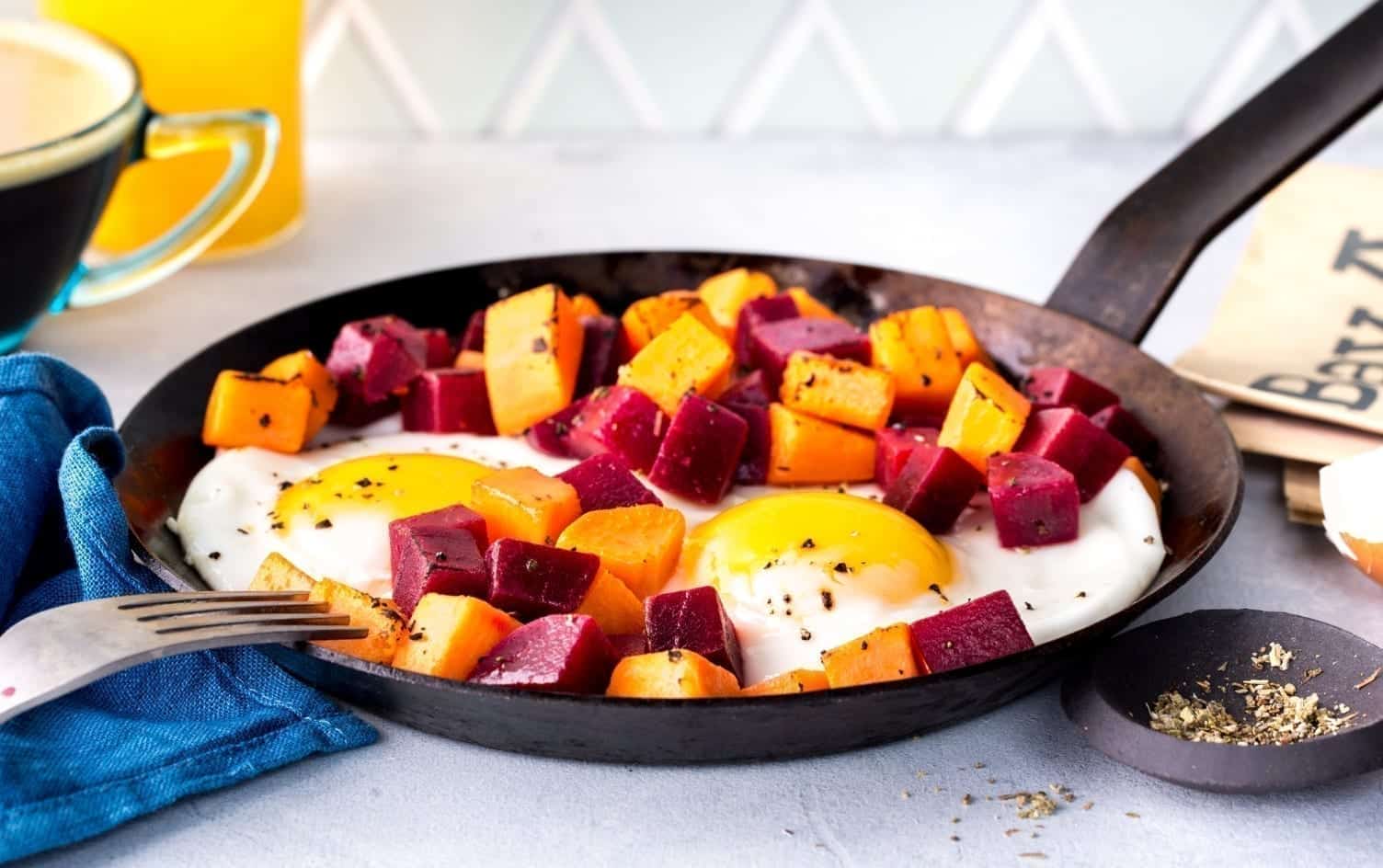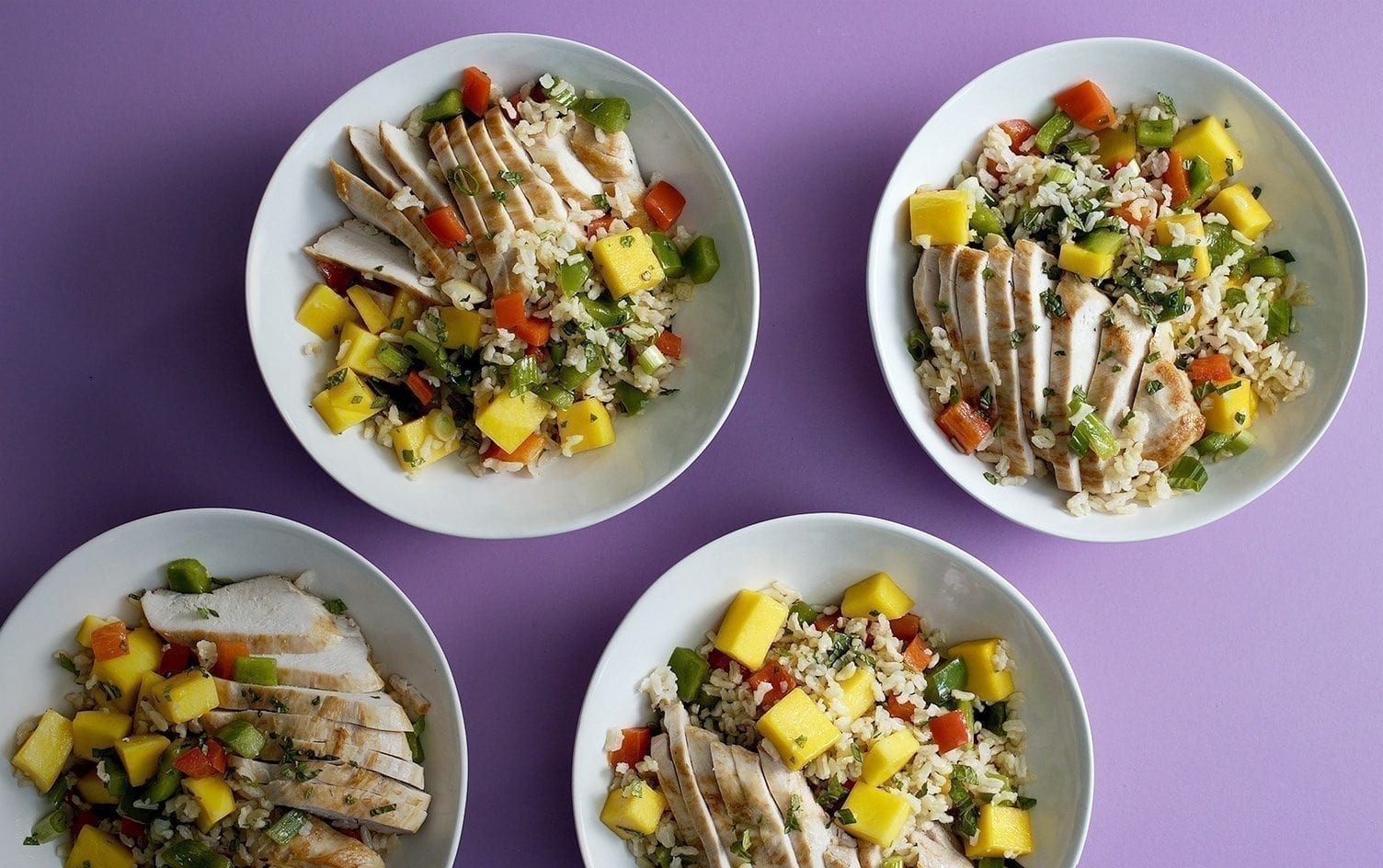A plate filled with colorful produce helps your body get essential minerals and vitamins. But when the days get cooler and darker and supermarket bins seem to overflow with apples and potatoes, it can feel like you have fewer options for eating a wide range of colorful foods.
“A lot of people think that once winter arrives, fresh fruits and veggies have to wait six months for good weather, but that’s not actually the case,” says Ginger Hultin, a Seattle-based registered dietitian and spokesperson for the Academy of Nutrition and Dietetics. “There are plenty of in-season produce that span the color spectrum.”
Here are six colorful produce options that pack a nutritious punch:
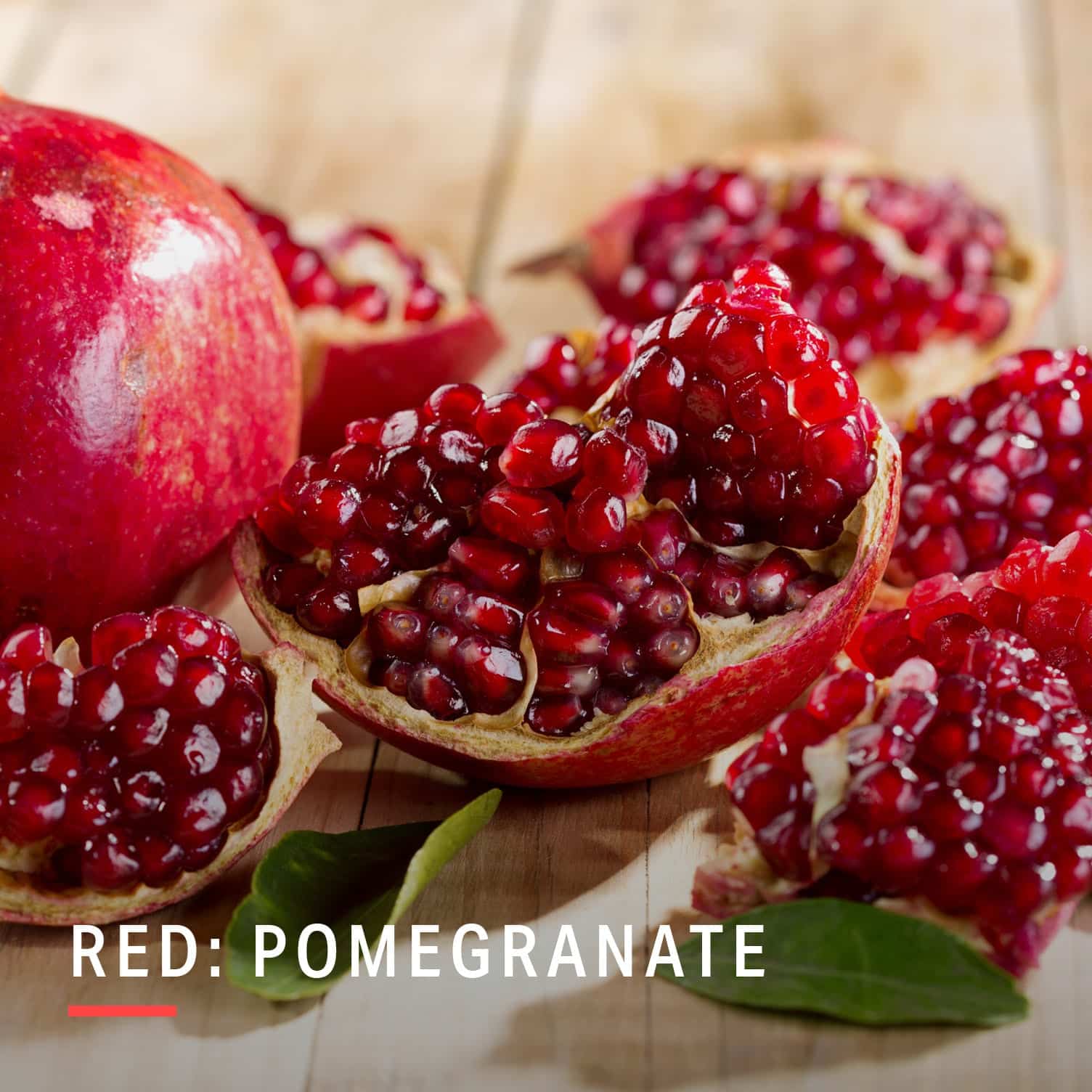
They’re messy to peel, but the juicy, tart crunch of pomegranate seeds is worth the effort. Pomegranates are rich in vitamin C and contain more antioxidants than red wine or green tea, according to Hultin.
Ways to use it: Sprinkle the seeds over salads, meat dishes or desserts or eat them plain as a snack.
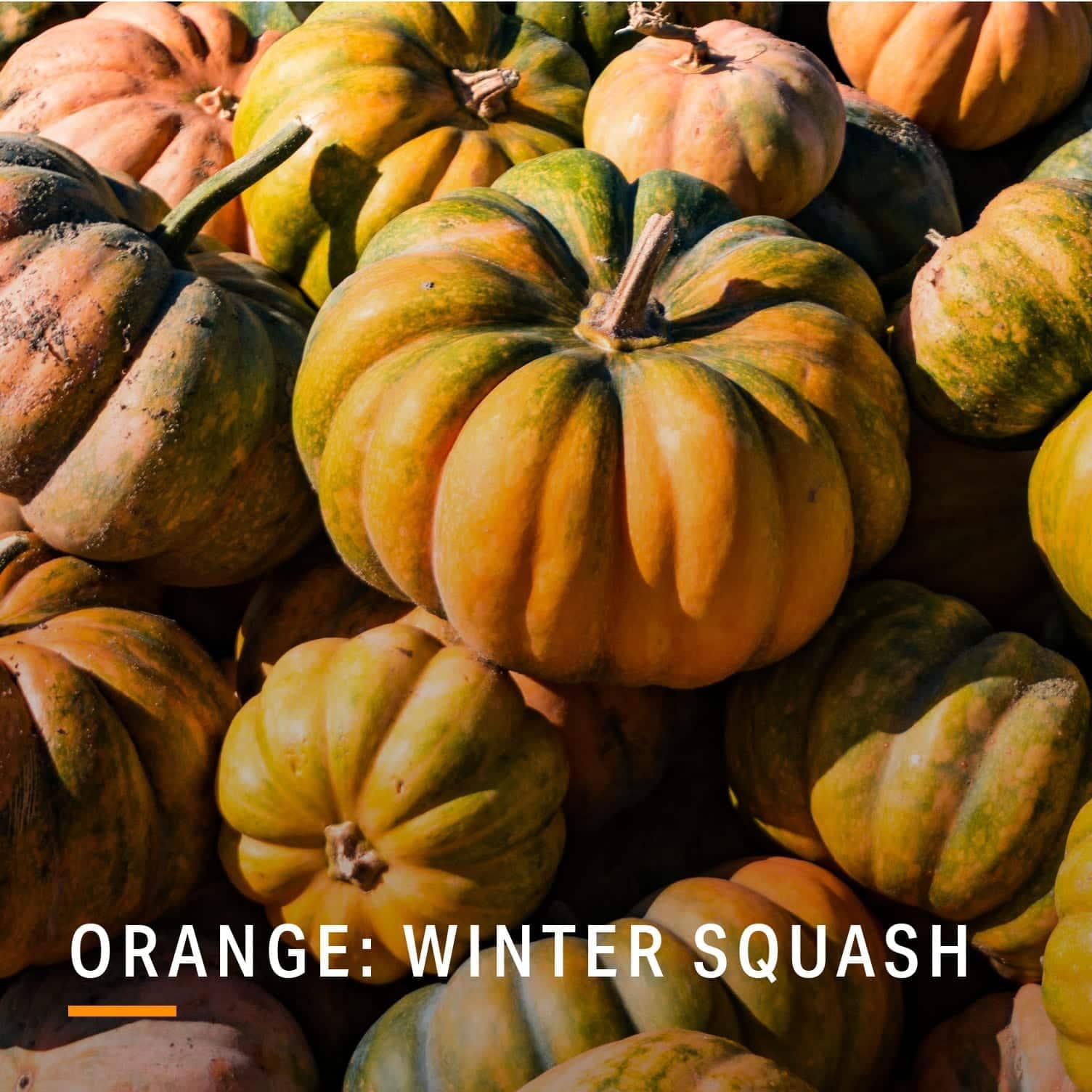
Whether you choose butternut, acorn, delicata, pumpkin or another variety, orange iterations of winter squash are high in vitamin A, beta carotene, vitamin C, potassium and fiber, says Sherri Cirignano, MS, RD, associate professor of family and community health sciences at Rutgers University’s Cooperative Extension.
Ways to use it: Cube and roast it, then serve as a side dish. Or puree it and add it to dishes that could benefit from the creamy texture: “Add the puree to chili or pudding or even your favorite hot breakfast cereal,” Cirignano suggests.
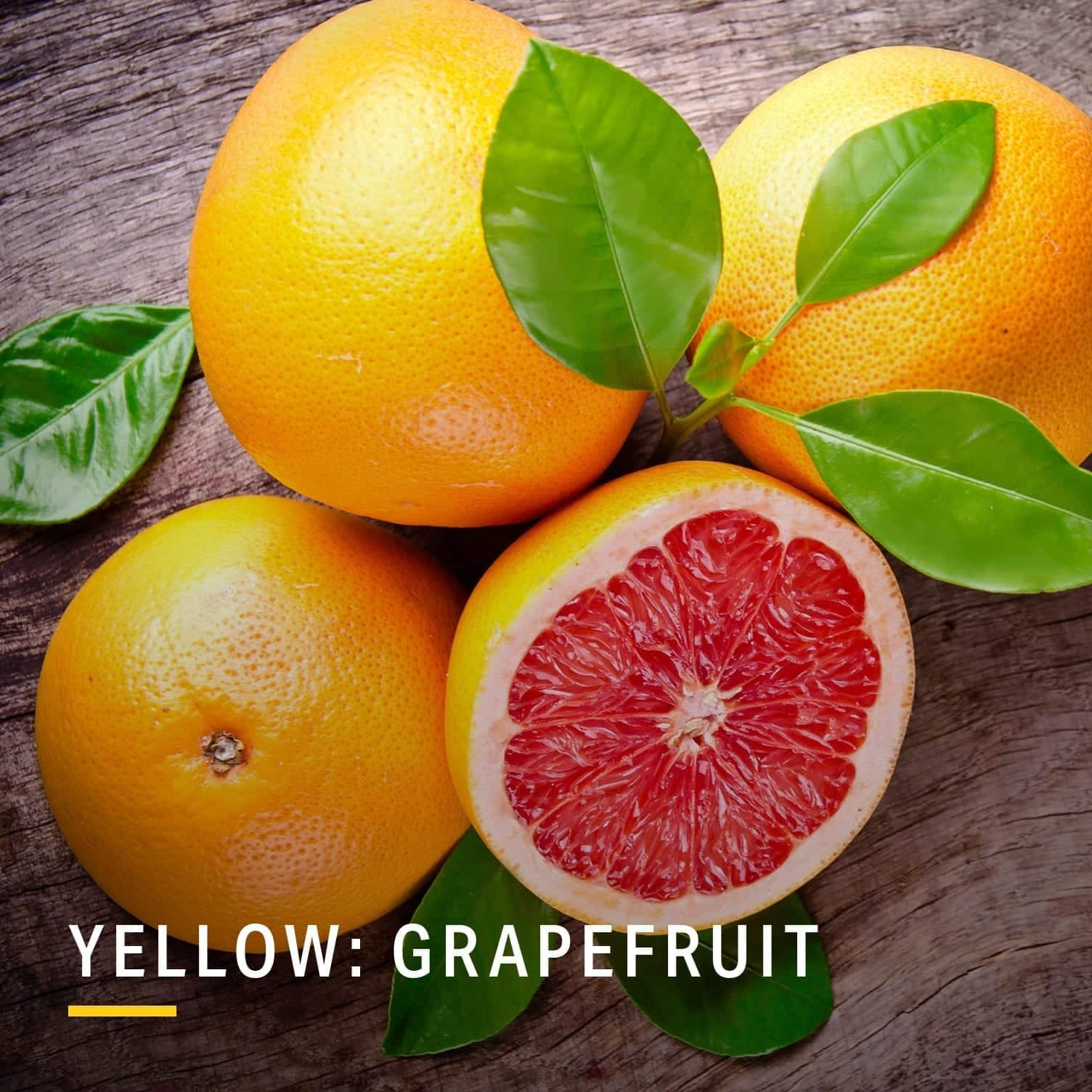
This low-calorie fruit is high in vitamin C, vitamin A, potassium and fiber and has been linked to lowered cholesterol levels. (Pink and red varieties contain the antioxidant lycopene.)
Ways to use: “Add a small amount of honey, brown sugar or maple syrup on the top of a grapefruit sliced in half and place under the broiler until it bubbles,” Cirignano says.
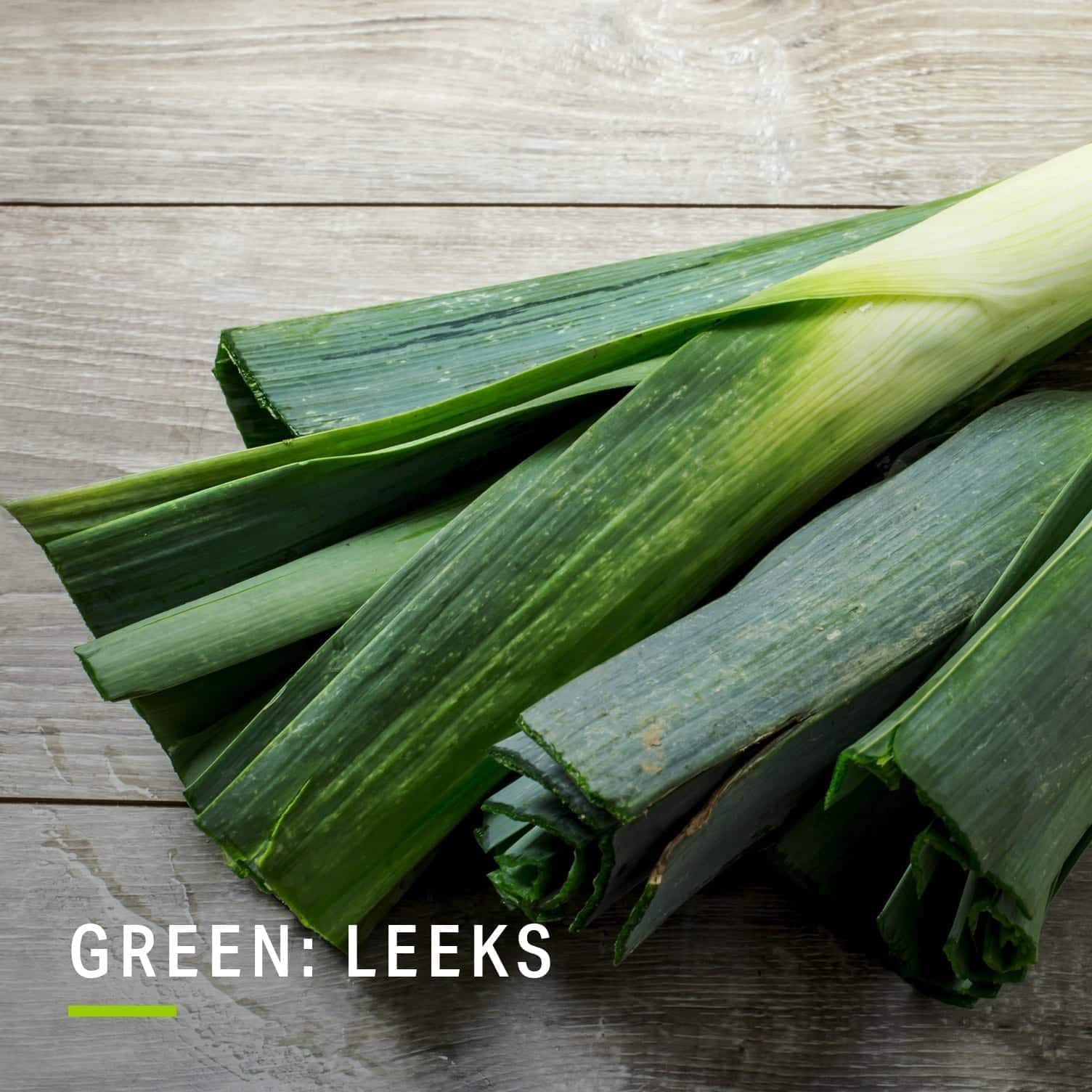
A relative of onions and garlic, leeks are high in vitamin K, manganese, copper and vitamin A.
Ways to use them: “Use leeks instead of onion as a base for soups and stews,” Hultin says. You can also add them to your favorite omelet recipe.
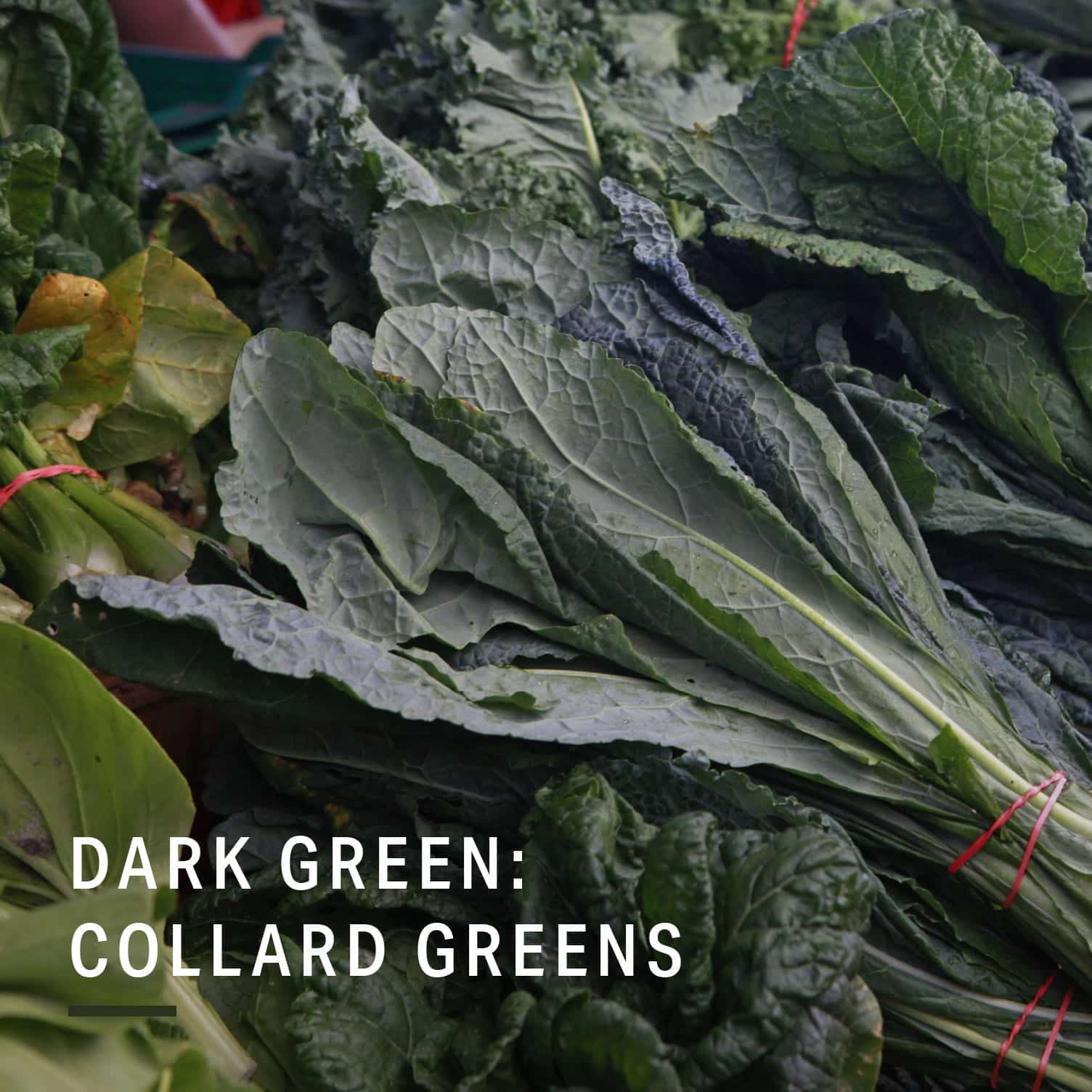
These dark leafy greens are rich in vitamin K, vitamin A and vitamin C, as well as cancer-fighting glucosinolates.
Ways to use them: “Chop them up and lightly sauté them in garlic and olive oil for a beautiful, delicious side,” says Hultin.
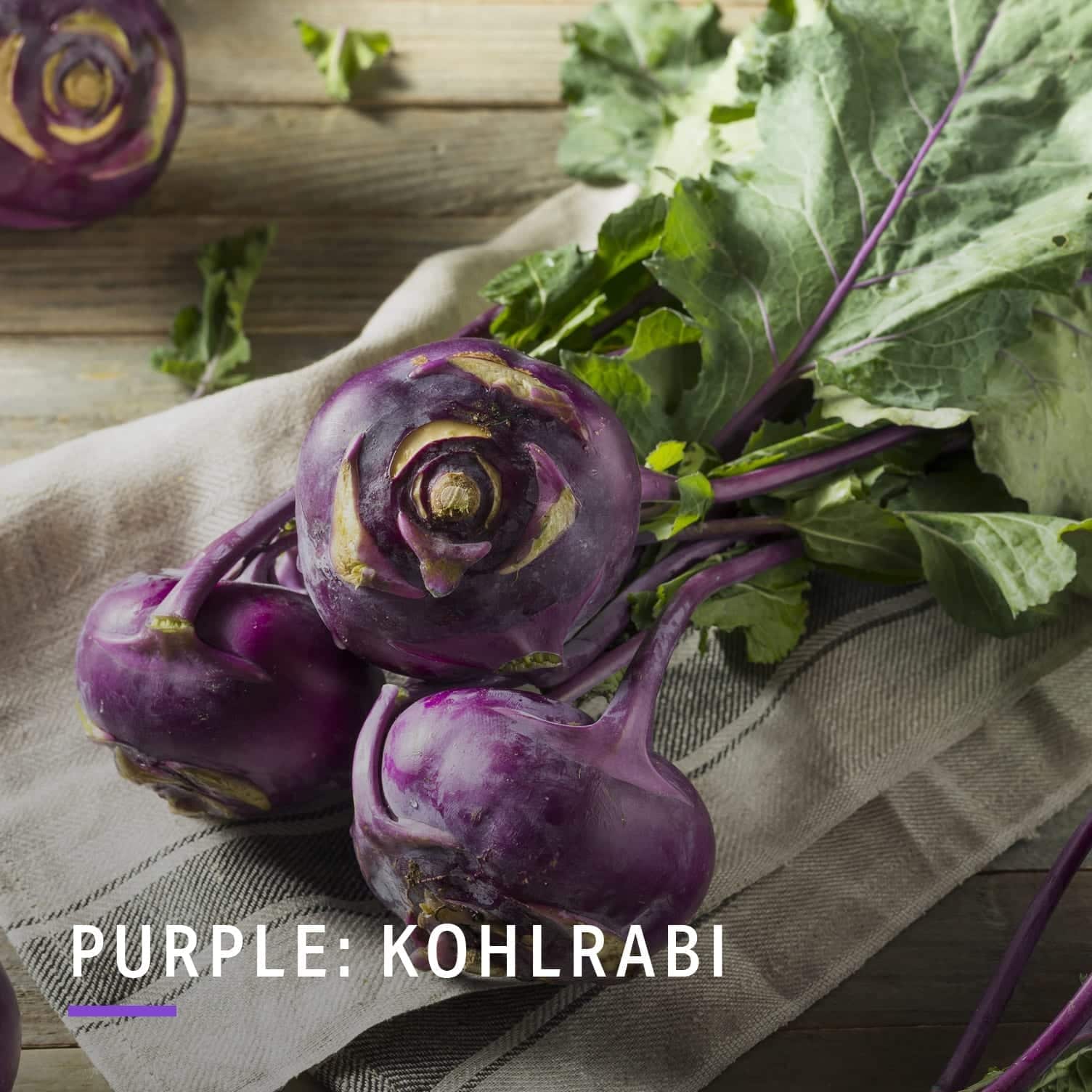
This little-known relative of broccoli and Brussels sprouts is high in vitamin C and contains iron, potassium and folate. Some research shows it contains compounds that protect against cancer.
Ways to use it: Cut into bite-sized pieces, toss with a bit of olive oil, then “roast at a high temperature (375–400℉ or 190–204℃) for 15–20 minutes until caramelized and tender,” says Cirignano.
